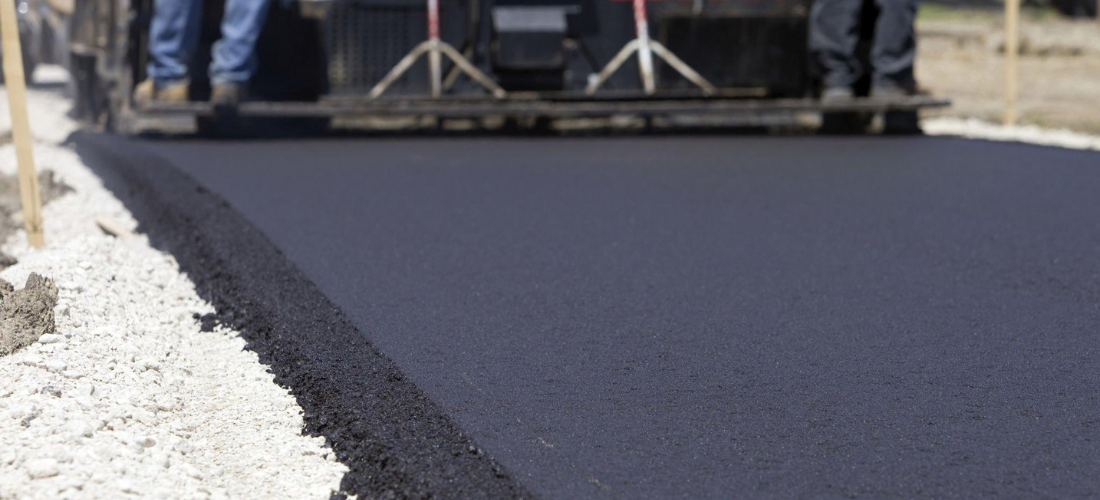Road construction is a complex process that involves careful planning, engineering
expertise, and the selection of the right construction method. The choice of construction
method significantly influences the durability, cost, and timeline of the project. From
traditional asphalt paving to innovative techniques, there are various road construction
methods available today. In this article, we’ll explore some of the different methods and
help you determine which one suits your project’s needs.
- Asphalt Paving: Time-Tested and Versatile
Asphalt paving is one of the most commonly used road construction methods. It involves
laying layers of asphalt mixture, also known as asphalt concrete, on a prepared roadbed.
This method is valued for its durability, smooth surface, and quick construction time. It’s
suitable for various traffic volumes and can accommodate various types of vehicles.
Additionally, asphalt roads can be resurfaced or repaired relatively easily, extending their
lifespan. - Concrete Pavement: Strength and Longevity
Concrete pavement offers exceptional durability and longevity, making it an excellent choice
for heavily trafficked roads and highways. The method involves pouring concrete into forms
and allowing it to cure, resulting in a rigid and robust road surface. While initial construction
costs can be higher than asphalt, the reduced maintenance and longer lifespan often make
it a cost-effective solution in the long run. - Gravel Roads: Simple and Economical
Gravel roads are an economical option, especially for rural and low-traffic areas. This
method involves spreading and compacting layers of gravel on a prepared surface. While
gravel roads are cost-effective and relatively quick to construct, they may require more
maintenance due to issues like dust, erosion, and the need for regular grading. - Chip Seal: Balancing Cost and Durability
Chip seal, also known as tar and chip or surface dressing, combines layers of hot liquid
asphalt with layers of aggregate. This method offers a balance between cost-effectiveness
and durability. Chip seal provides a textured surface that enhances skid resistance, making it
suitable for areas with moderate traffic. However, it may not be ideal for high-traffic roads
due to potential issues with loose aggregate. - Concrete Grid Pavement: Innovative Reinforcement
Concrete grid pavement involves creating a pattern of interconnected concrete blocks or
units. This method combines the strength of concrete with effective drainage due to the
open design. It’s suitable for areas with heavy traffic and poor soil conditions. The spaces
between the blocks allow for the growth of grass or other vegetation, enhancing aesthetics
and environmental benefits. - Full-Depth Reclamation: Sustainability and Resource Efficiency
Full-depth reclamation (FDR) is an eco-friendly method that recycles existing pavement
materials. It involves pulverizing the existing road, mixing it with additives like cement, and
then compacting the mixture to create a new road base. FDR reduces the need for new
materials and landfill disposal, making it a sustainable choice.
Choosing the Right Method for Your Project
Selecting the appropriate road construction method requires a thorough assessment of
factors such as traffic volume, soil conditions, climate, budget, and project timeline.
Consider the long-term maintenance requirements, environmental impact, and expected
lifespan of the road. Consulting with experienced civil engineers and road construction
professionals can help you make an informed decision that aligns with your project’s unique
needs.
In conclusion, the diverse range of road construction methods available today provides
options to suit various projects and conditions. Whether you prioritize durability, cost-
effectiveness, or environmental sustainability, there’s a method that can meet your goals.
By carefully evaluating your project’s requirements and seeking expert guidance, you can
ensure that the road you construct is not only functional but also a lasting asset for your
community.

